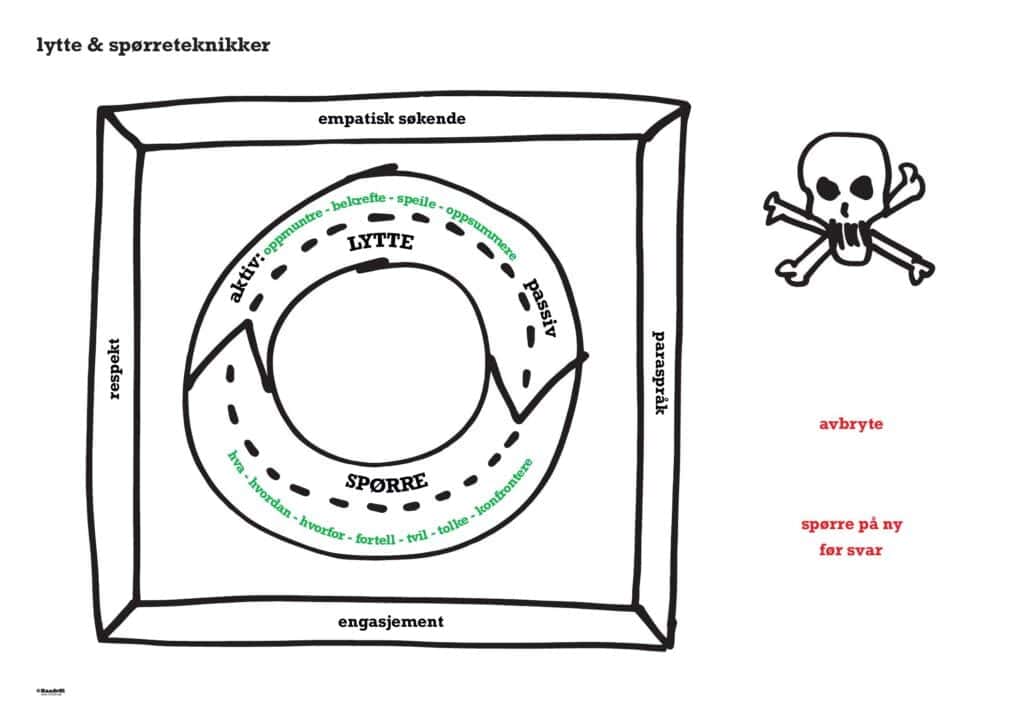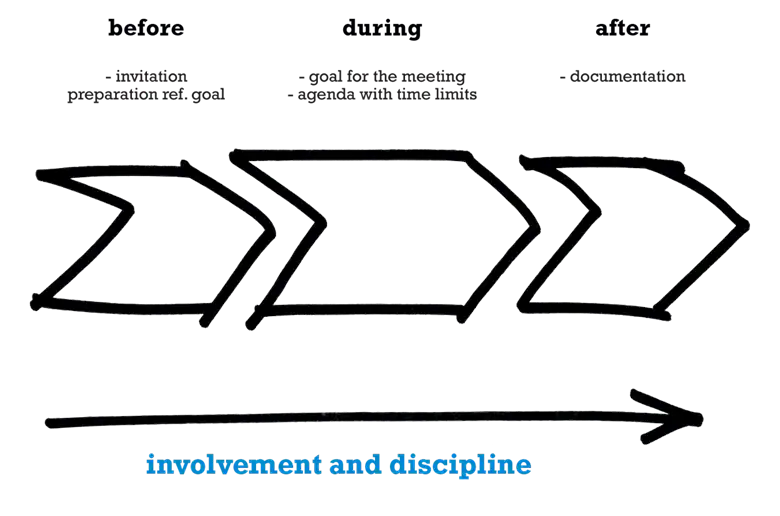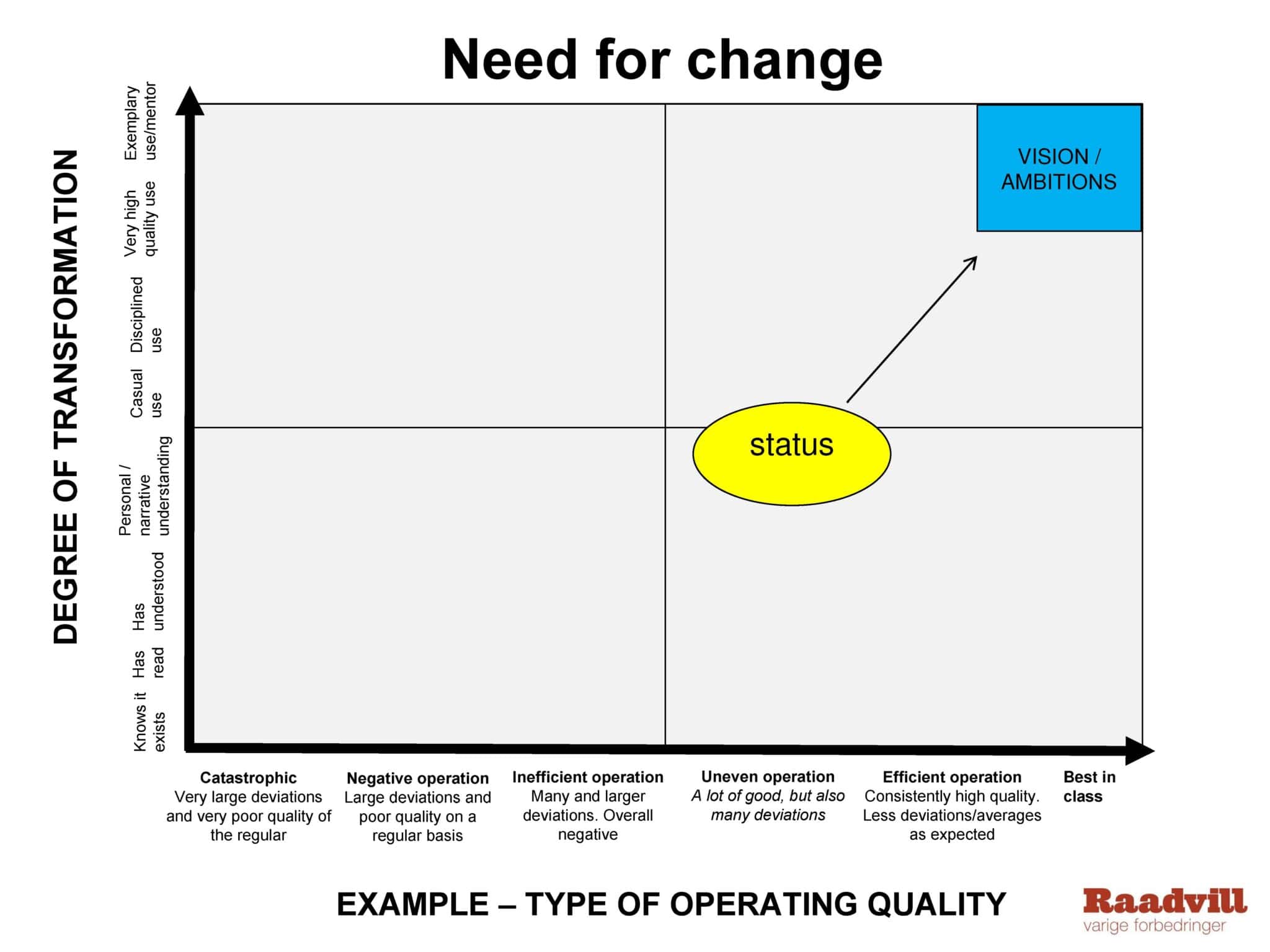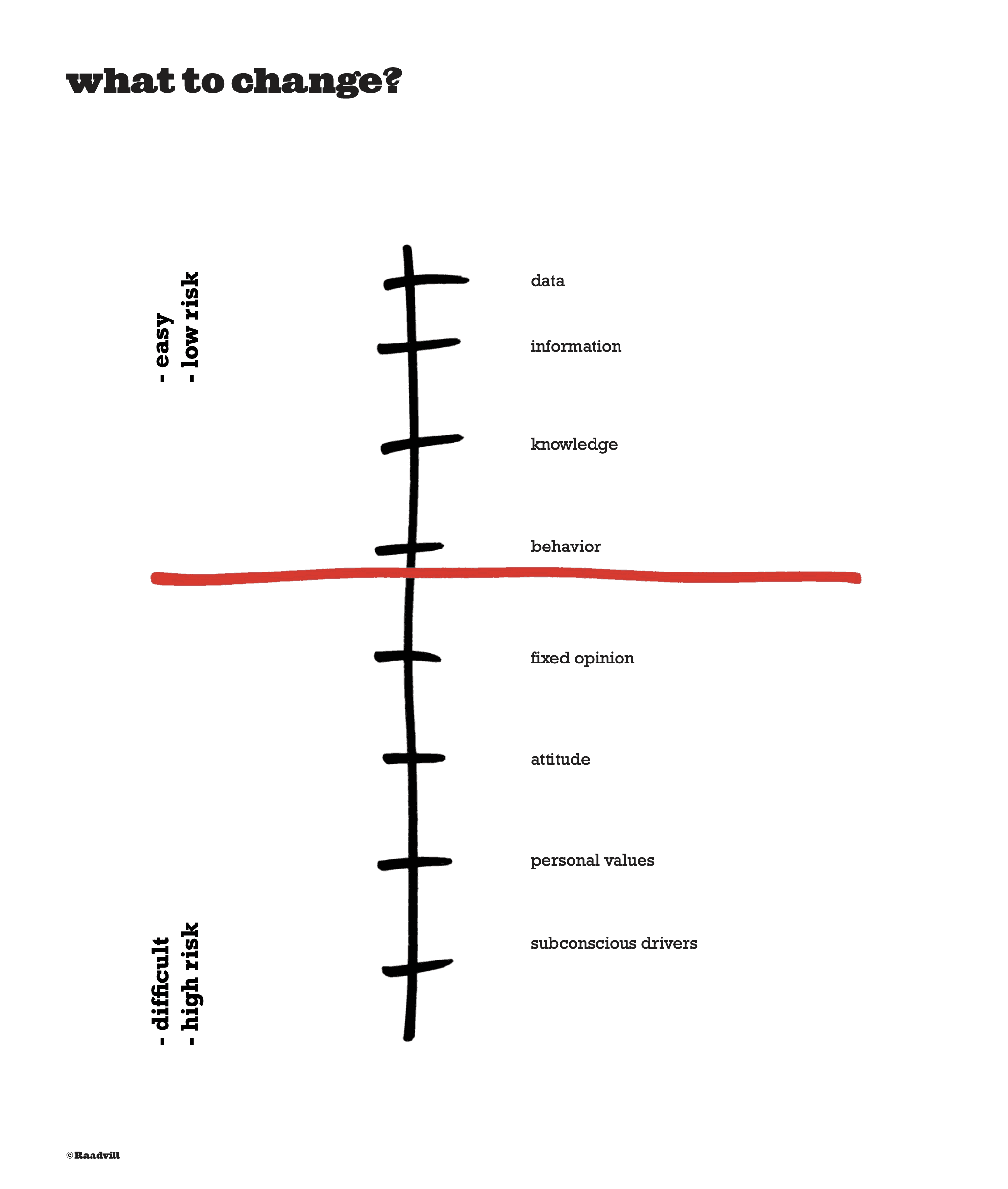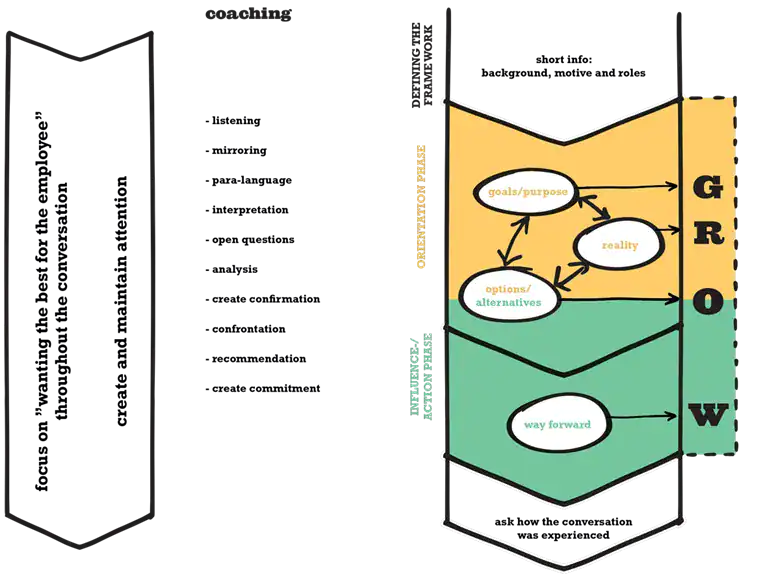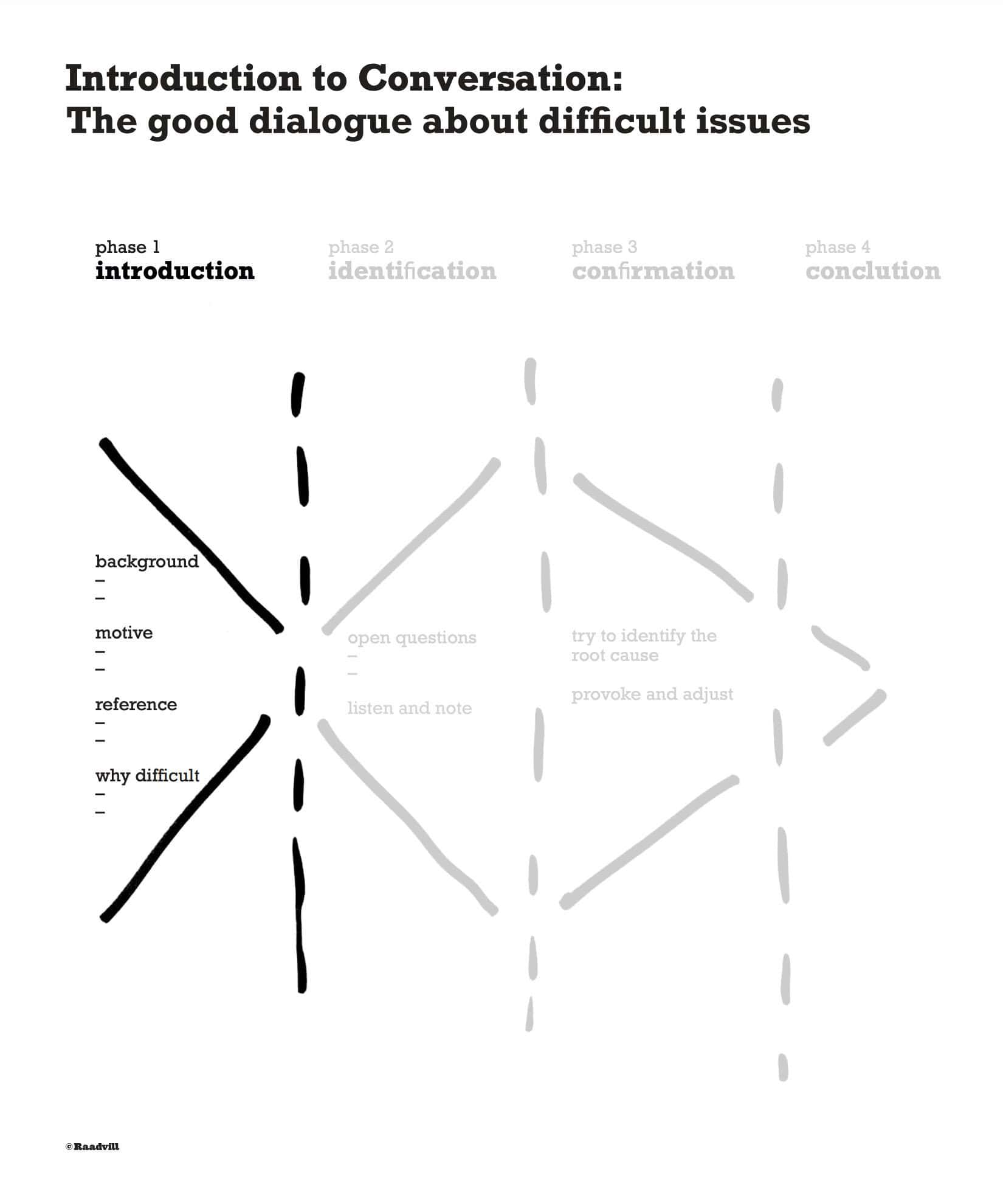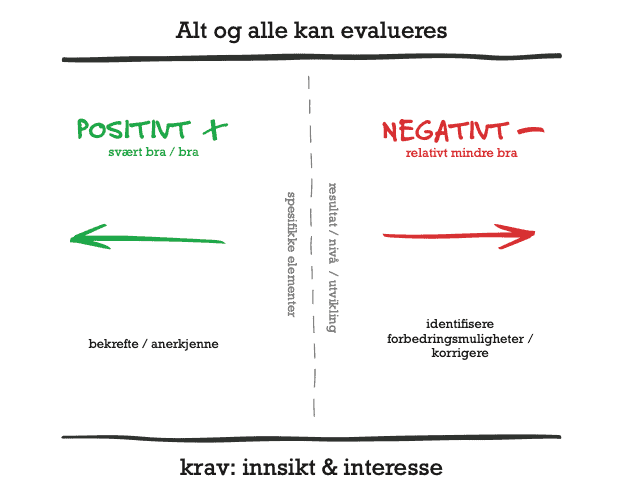Theme
Different situations come and go and are never quite the same, while THEMES are more clearly defined and easily recognizable. An example might be "the leadership role" where the content and descriptions will be familiar. We have collected some frequently requested topics and included a small selection of simple courses that we believe are relevant and can contribute to good understanding. The various individual courses are not necessarily directly related to each other, but can therefore shed light on the topic in a good way

Leadership roles
It's important to be aware that the expectations of you as a manager are different from what is expected of your employees. The fact that the expectations are different does not necessarily mean that the leadership role itself is more difficult, but it is demanding in other ways. Succeeding as a manager largely means that your work contributes to the people you manage developing and succeeding in their jobs. So, the leadership role includes more interfaces, broader responsibilities and more authority
Communication basics
It is possible to be a good speaker without understanding much about communication as such and therefore fail in other arenas. Correct and precise communication is based on an understanding of basic principles that include how an organization is structured and which arenas are suitable for what. Risk is a dimension rarely talked about when it comes to communication, but everyone has experienced the uncomfortable feeling of having said something that should have been left unsaid.
Effectiveness
Many people find that they get a lot more done when time is short and tasks are numerous. That's hardly a coincidence, because time constraints mean we have to prioritize and opt out of things that can wait until later. In the long run, we can't always plan with "too little time", but we can learn from our experiences and systematize them. Models for how we can prioritize and what we need to do to achieve compliance are simple and relatively easy to comply with. That's why it's a paradox that so many meetings don't satisfy the simplest recipes for efficiency
Strategy, goals & plan
On a daily basis, we work to implement plans with all the activities they contain. Plans are there to help us achieve defined goals and must therefore be carefully followed up to ensure that we are as successful as possible. Goals, in turn, should reflect the strategies so that there is a clear line from strategy via goals to plan. In this way, everyone can better understand why we do what we do and find meaning in the bigger picture and be motivated by it. Clear strategies, the right goals and good plans are crucial to success
Change & compliance
Precise procedures, clear directives, well-formulated expectations or good intentions are of little importance if they are not followed; "compliance means everything" is a well-known statement and not without reason. There are many, albeit unclear, reasons why we don't always do what we say we will. But non-compliance is not good for trust, progress or results. That's why it's important to understand how we can think and how we can plan to increase compliance and thus our results.
Quality & measurement
For most purposes where we measure quality in this context, we use a scale from 1 - 6 since it is a scale most people are familiar with from school. In order to get reliable answers in surveys where this scale is used, the meaning of the numbers must be known and practiced equally. Whether a phenomenon or a result is good or less good depends on what it is measured against. If the company wants to appear reliable and deliver services of a consistently high quality, there's little point in having underlying qualities in the number 4. Using different colors for different number intervals helps to communicate results more clearly
Conversations & communication tools
There are many parallels between dancing and communicating, but most people have accepted that it can be good to have practiced a few selected dances in order to succeed on the dance floor. It's the same with communication; it makes a big difference to the result if we've practiced and are good at presentation techniques, for example. It will also be the same when it comes to conversations with different purposes in the 1:1 arena. Mastering and succeeding with good conversations about difficult issues is demanding and needs to be practiced. The same applies to coaching
Identification in conversation

The good conversation about difficult relationships
Vision & values
Striving towards the vision and living the values is first and foremost very effective. It is important to understand the significance of everyone having a common understanding of what the "mission" (vision) is. When the mission is translated into ambitions or objectives in the various interfaces, it is these that we then use to determine goals in the various underlying units such as departments or teams. Properly used, vision and values can create a common basis of agreement to build a clear corporate culture around
Your feedback
From time to time, most people need good and precise feedback to stimulate their own development. When we give feedback, it is based directly or indirectly on evaluations we have made. That's why it's fundamentally important that the evaluation focuses on essential matters and that it's open. It is also important that we master some techniques or tools that make the feedback clear and understandable so that it can influence the behavior of the recipient in the right direction.










